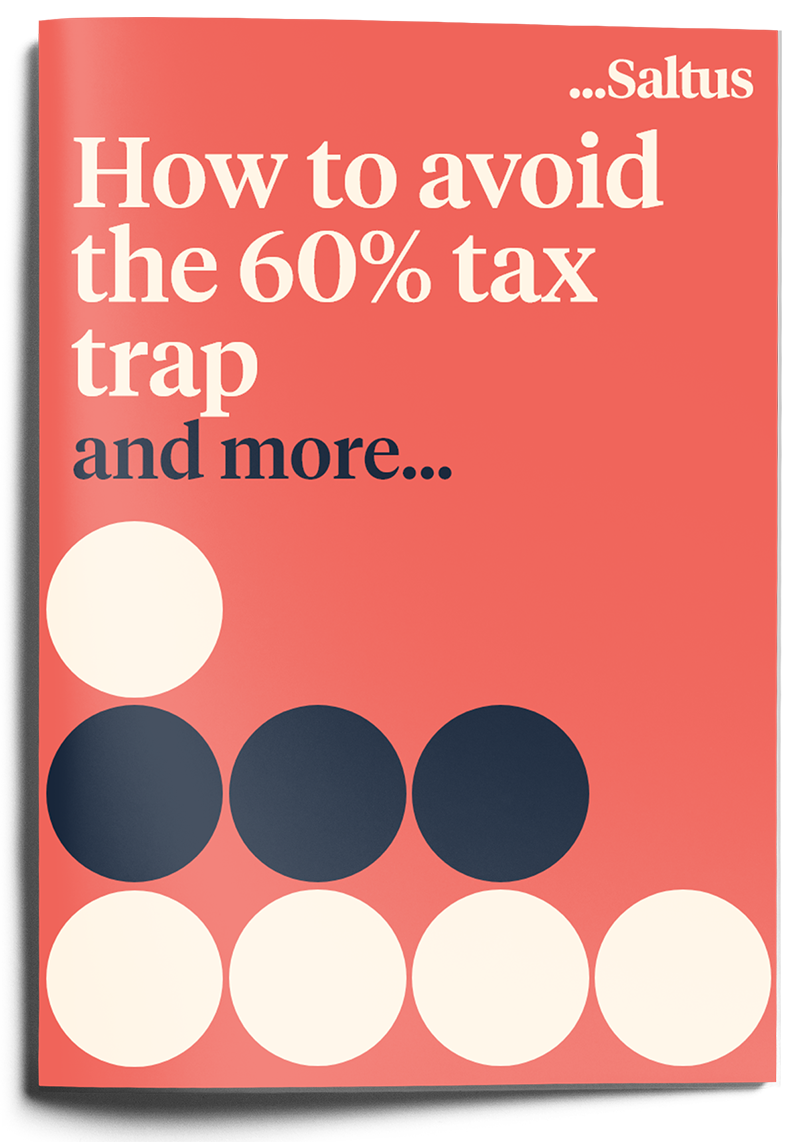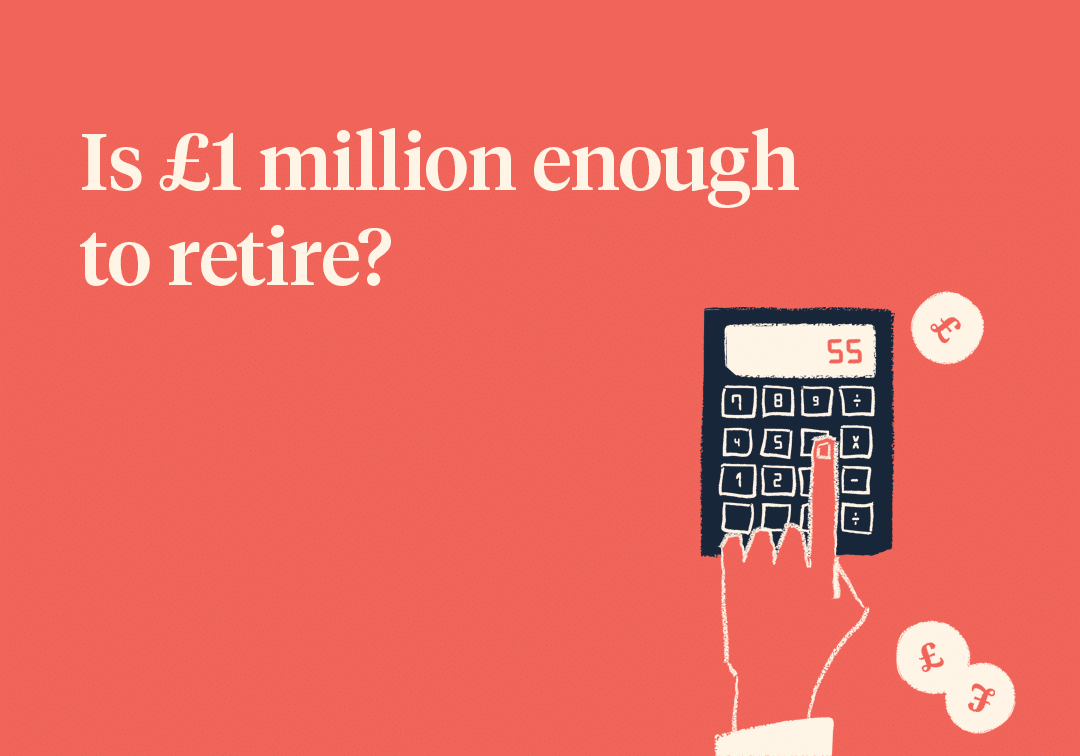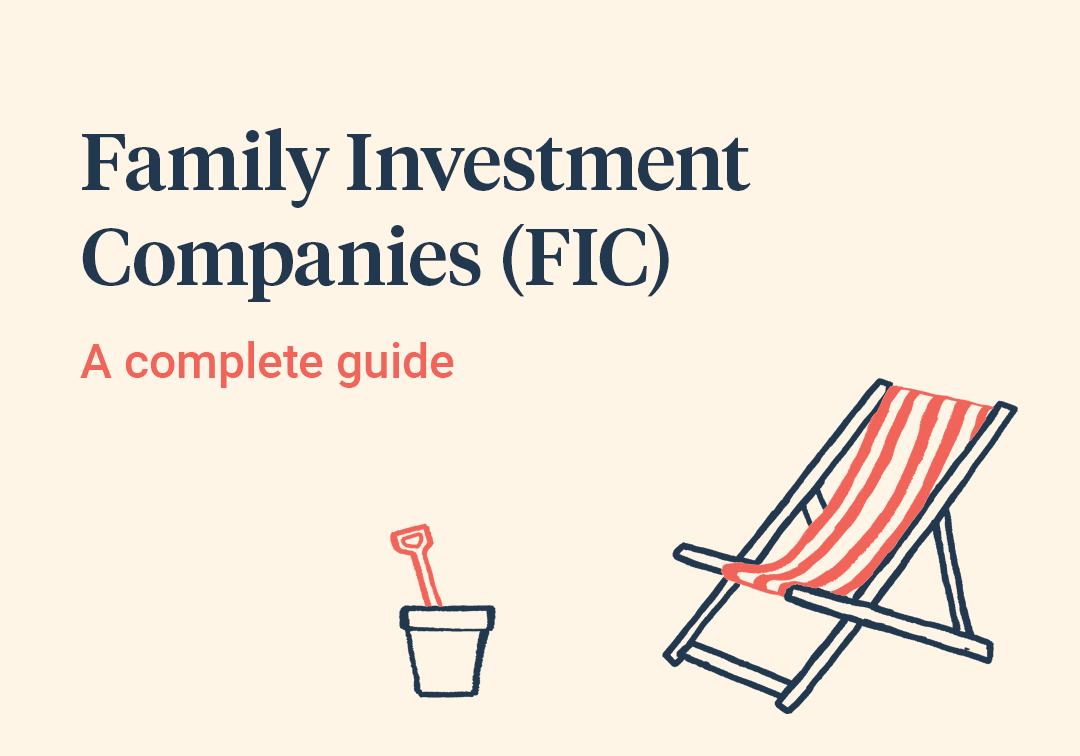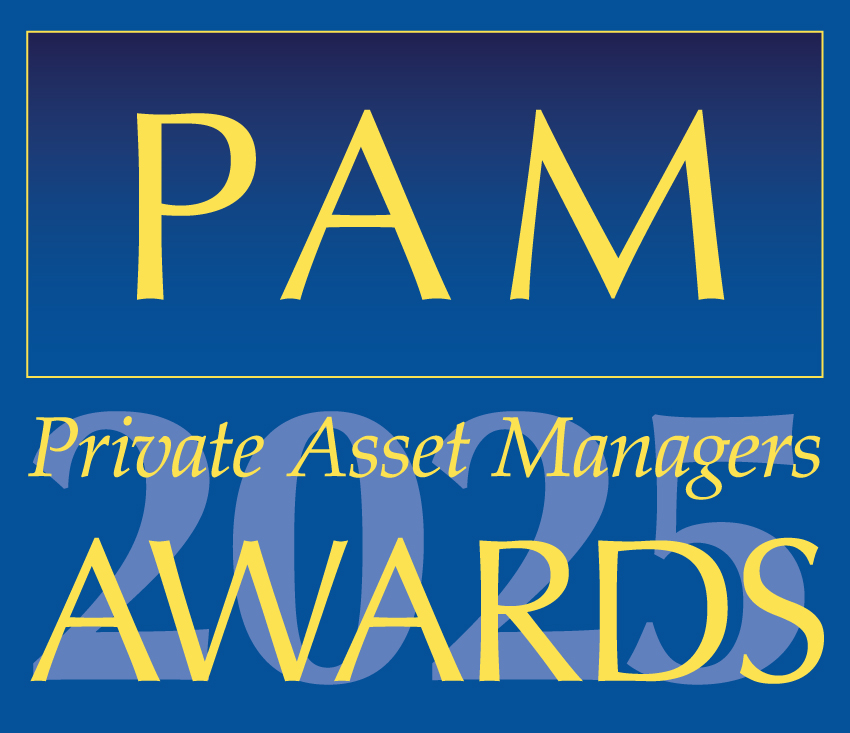How high earners can steer clear of the 60% tax trap
It’s time to shine the spotlight on a wrinkle in the tax code that catches out a lot of unsuspecting people every year. We call it the 60% tax trap.
What do we mean? Well, for those whose earnings go beyond £100,000 in any tax year, some of their income will effectively be taxed at an eye-watering 60%. This should be a particular focus towards the end of the tax year, as individuals often receive bonuses taking them over the £100k threshold at year end. They can be in for a fairly uncomfortable read when they receive their payslip.
Understanding income tax rates
So how does the tax trap catch people out? First of all, let’s take a look at the current income tax rates and thresholds for earnings if you live in England, Wales or Northern Ireland.[1]
| Earnings | Rate |
|---|---|
| 0 to £12,570 | Personal allowance: no income tax payable |
| £12,501 to £50,270 | Basic rate: 20% |
| £50,271 to £125,1240 | Higher rate: 40% |
| Over £125,140 | Additional rate: 45% |
One of the positives of this tiered structure is that most people benefit from a tax-free personal allowance, while higher earners pay a combination of basic rate and higher rate tax, depending on how much they earn. But, here comes the wrinkle.
When an individual’s taxable income reaches £100k, their annual personal allowance is gradually cut by £1 for every £2 of additional income.[2] Once their income reaches £125,140, they lose their tax-free personal allowance completely and they start paying the higher rate of tax on their income much sooner. This means that those in the £100k-£125,140 income bracket suddenly find themselves paying an effective tax rate of 60% on that portion of their earnings.
Here’s how easy it is to fall into the 60% tax trap
How does this work in practice? Let’s say you earn a £100k salary and – good news – you’ve been awarded a £1,000 bonus. Ready for the bad news? Not only will this bonus be taxed at 40% (leaving you with £600), but you also lose £500 from your tax-free personal allowance. To add insult to financial injury, that £500 will also be taxed at 40%, costing you another £200.
When you add it all together, that £1,000 bonus has ended up costing you £600 – and you’ve paid an effective tax rate of 60%. The monetary impact obviously worsens the more you earn over £100,000.
How to avoid the 60% tax trap and more…

Did you know that people earning over £100,000 can pay an effective tax rate of 60%?
Fortunately, there’s one very straightforward and tax-efficient way to steer clear of the tax trap: make pension contributions. Done effectively, this can help you reclaim your personal tax allowance and also receive tax relief on the amount you pay in to your pension.[3] In fact, it could turn a tricky – and expensive – problem into a highly tax-efficient solution.
Do you want to improve your tax position?
The more tax you pay, the harder your investments must work to grow your wealth. Our advisers can provide practical advice to help reduce your tax bill. Get in touch to discuss how we can help you.

Aren’t pensions a bit too inflexible?
It’s somewhat ironic that pensions have a reputation as such a traditional and conventional – dare we say it – even boring product. It also doesn’t help that investing in a pension is often unfairly presented as having to make a painful choice between spending the money now, or putting it away for retirement.
In reality, pensions can be far more flexible than most people give them credit for. The key is that the government offers really quite generous incentives to encourage people to save for their retirement. Think of it as a government bonus.
The tax relief from the government acts as a ‘top-up’ on the amount you contribute to your pension, and the rates of tax relief are the same as the rates paid on income earned. In other words, basic rate tax-payers receive 20% tax relief on their pension contributions, higher rate tax-payers receive 40% and additional rate taxpayers are in for huge 45% relief.
Pension tax relief work when you’ve passed the £100k threshold and avoiding the 60% tax trap
Here’s the really smart bit: just as having an income that takes you beyond the £100k mark causes a double tax hit, choosing to make pension contributions can have the opposite effect. It lets you claim tax relief on the amount you place into your pension and also lowers your taxable income back to a level where you can regain some of the personal allowance you had just lost.
So, going back to our previous example, if you are earning £100k and receive your £1,000 pay rise but pay the £1,000 into your pension, then not only does your money benefit from higher rate tax relief of 40%, but it also takes your annual income back below the £100k threshold and the dreaded 60% tax zone.
Thanks to the government ‘bonus’ you receive for paying into your pension, the benefits increase the more you earn. For example, if you have earnings of £125,140 (and have therefore lost all of your personal allowance), making a pension contribution of £20,112 means the government will apply £5,028 in basic-rate tax relief. They’ll pay this relief straight into your pension, taking your total pension contribution to £25,140.
Watch our webinar
Protecting your most important assetIn conversation with Jack Munday and Jordan Gillies


HMRC will not consider the £25,140 as part of your taxable income, consequently adjusting it back down to £100,000. So, not only have you gained £5,028 in tax relief straight into your pension, you’ve also saved the same again in higher-rate tax by reclaiming your personal allowance. Further higher-rate tax relief on your pension contribution can then also be reclaimed on your tax return to bring your total benefit up to £15,084 just by making pension contributions.[4] In addition, if your employer offers salary sacrifice as part of your company pension scheme, your contribution will be paid in gross of all income tax. It could also be gross of national insurance as well if your employer passes on the money they save.
| Before pension contribution | After pension contribution | |
|---|---|---|
| Taxable income | £125,140 | £100,000 |
| Personal pension contribution | £0 | £25,140 (£5,028 BR tax relief included) |
| Personal allowance | £0 | £12,570 (£5,028 tax saving) |
| Higher rate relief claimed | £0 | £5,028 |
| Total benefit | £0 | £15,084* |
*(40% of the taxable income £25,140 = £10,056) + (40% of the personal allowance £12,570 = £5,028)
Using your pension to take control of your taxes
If all of these numbers are starting to make your head spin, don’t worry. Pension planning can be complicated, so you should determine whether making large pension contributions suits your personal circumstances. A financial adviser can provide an assessment of your financial situation and determine a strategy designed specifically for your needs.
It’s also worth remembering that annual pension contributions are capped at £60,000.[5] Anyone with a taxable income of more than £260,000 will also see the annual allowance for their pension tapered – for every £2 of income earned over £260,000, their annual allowance is reduced by £1. A financial adviser can help you to avoid any unexpected tax bills that may result from accidental breaches of the cap.
More importantly, tax and pension rules can change at short notice, so it’s well worth having an adviser on hand who can keep on top of any changes. They can highlight anything that could affect you, and help you to respond accordingly.
This type of pension planning strategy can be of great benefit to high earners who don’t want to be unfairly penalised by the idiosyncrasies of the UK tax system, and recognise the value of paying into their pension while they can. Using this income to make pension contributions is both an instant solution to a difficult problem and also a way to significantly increase your retirement pot. It can though, be a struggle to manage if you have high income levels, significant investments of hundreds of thousands and multiple tax vehicles. In this scenario it’s probably best to take advice.
Do you want to improve your tax position?
The more tax you pay, the harder your investments must work to grow your wealth. Our advisers can provide practical advice to help reduce your tax bill. Get in touch to discuss how we can help you.

Article sources
Editorial policy
All authors have considerable industry expertise and specific knowledge on any given topic. All pieces are reviewed by an additional qualified financial specialist to ensure objectivity and accuracy to the best of our ability. All reviewer’s qualifications are from leading industry bodies. Where possible we use primary sources to support our work. These can include white papers, government sources and data, original reports and interviews or articles from other industry experts. We also reference research from other reputable financial planning and investment management firms where appropriate.
Saltus Financial Planning Ltd is authorised and regulated by the Financial Conduct Authority. Information is correct to the best of our understanding as at the date of publication. Nothing within this content is intended as, or can be relied upon, as financial advice. Capital is at risk. You may get back less than you invested. Tax rules may change and the value of tax reliefs depends on your individual circumstances.
About Saltus?
Find out more about our award-winning wealth management services…
Winner
Investment Performance: Cautious Portfolios
Winner
Top 100 Fund Selectors 2024
Winner
Best Places to Work 2024
Winner
Best Financial Advisers to Work For
£8bn+
assets under advice
20
years working with clients
350+
employees
97%
client retention rate






